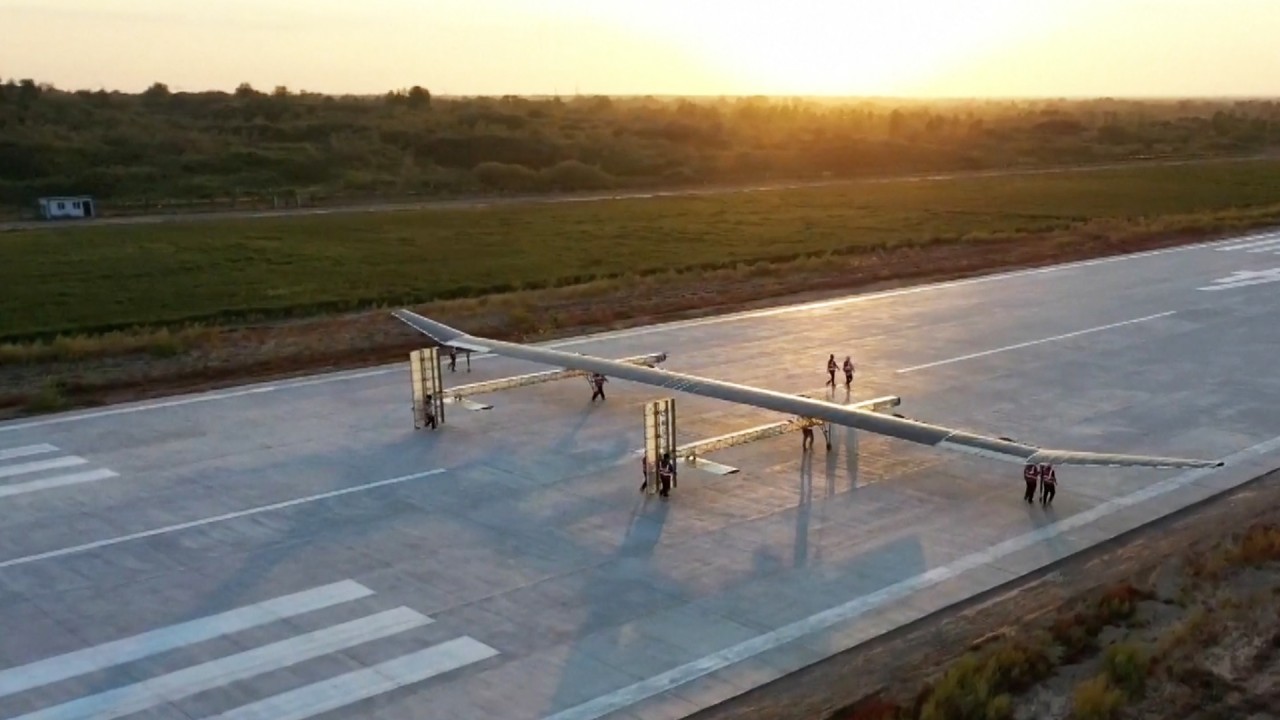
China launches first satellite with high-power electric drive
- The Apstar 6-E is equipped with a propulsion system designed to keep it in orbit for at least the next 15 years
- Electric engines are expected to play a key role in the next space race
China launched a communication satellite on Friday with an unusually powerful electric engine, according to state media.
The Apstar-6E satellite, launched from the Xichang satellite launch centre shortly after 2am, will offer high-speed communication services for users in Southeast Asia with a total bandwidth over 30 Gbps.
“The satellite will conduct the first in-orbit verification of high-power ion and Hall electric propulsion technology,” Science and Technology Daily, an official newspaper run by the Chinese Ministry of Science and Technology, reported.
The article did not say how much power the system could generate, but electric propulsion systems that fall into the “high-power” category can generate between 10 and 100 kilowatts in space by using an electromagnetic phenomenon known as the Hall effect, according to China’s space authorities.
The most powerful electric propulsion systems in use at present produce about 5 kilowatts of power.
The Apstar-6E, China’s first all-electric satellite, will shed all its rocket engines in near-earth orbit and is designed to stay in orbit more than 30,000km (18,000 miles) from the earth for the next 15 years.
China enlists European satellite for information campaign in Africa
The satellite will also use artificial intelligence technology to ensure that it can operate with minimal interventions from ground control, Science and Technology Daily reported.
Electric space engines that use solar energy are 1o times more efficient than rockets that burn fuel.
A five-tonne communication satellite usually needs to carry three tonnes of rocket fuel, but electric propulsion can reduce it to just 500kg, according to an estimate by some Chinese space engineers.
The first electric propulsion systems used in space were developed by the Soviet Union in the 1970s, and the technology became commercially available at the end of the Cold War.
Researchers hope the engines will allow the plant to remain in high-altitude orbit for a long time and transmit microwave energy to earth.
China’s satellite navigation system gets a stronger foothold in the West
But the development of high-powered electric drive systems remains a challenge. As the size of the engine increases, its efficiency can drop quickly.
In 2018, Nasa tested X3, the most powerful electric engine ever built that produced 102 kilowatts on the ground. But the engine only achieved 67 per cent fuel efficiency.
In recent years, the Chinese space industry has developed and tested a number of new electric engines, including the HET-2000HP, which achieved a specific pulse of 5,300 in a test last year – more than twice the thrust efficiency of the X3.


